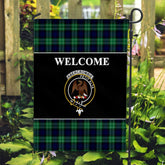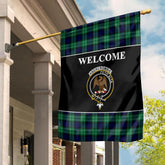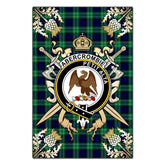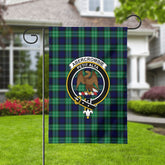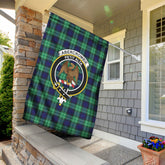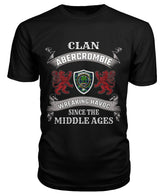Referring to Scotland, we immediately associate the iconic plaid skirt with Tartan fabric for men. Scottish people are also extremely grateful to the person who created the new life for this costume - Sir Walter Scott.
According to historical records, the first plaid dress appeared in 1538. After a screening process, each clan distinguished themselves with a unique skirt design. The Tartan caramel skirt has become a national dress that shows the respect and pride of the Scottish people.
The caro skirt is considered to be a powerful symbol of unity among the Scottish highlands. Thus, since the two Jacobite uprisings and the Culloden, a series of insurrections, riots, and strife in Britain and Ireland occurred between 1688 and 1746, and civilians were banned from wearing the page from 1746 -1782. During this time only the armed forces were clothed with brilliant Tartan.
After the uprisings in Scotland, people were forbidden to wear Tartan skirt.
Sir Walter Scott is a prominent novelist and poet in Scotland. His name is known on many continents. Referring to Sir Walter Scott, the Ivanhoe fiction is immediately remembered. King George IV, King of the United Kingdom of Great Britain, Ireland, the Kingdom of Hanove and other overseas leaders, and the father of current British Queen Elizabeth II, Sir Walter Scott.

In 1822, the famous king made a visit to Scotland in an attempt to quell the unstable situation of the workers here. It was Sir Walter Scott who promoted and orchestrated this trip to introduce George IV to the real beauty of the Scottish Highlands, as well as to consolidate his position.

Sir Walter Scott held a celebration in his hometown of Edinburgh. All participants were dressed in caro-plaid dress from Tartan. Sir Walter Scott carefully prepared a pamphlet emphasizing the role of King George IV, as well as his kinship with the Scottish people. "Let's remember that, and treat him like a father," the words in Sir Walter Scott's allegiance to the king. Under the hands of Sir Walter Scott, George IV slowly grasped the fertile land of Western Europe.
King George IV, King of the United Kingdom of Great Britain, Ireland, Kingdom of Hanove and other overseas leaders, and father of the current British Queen Elizabeth II.
Enticing his new role, George IV spent a great deal of money and ordered the entire population dressed in caro-plaid skirts during his stay in Scotland, and many important occasions during the year. Thought that after the death of George IV in 1830, a caro style striped skirt would disappear from Scotland, but on the contrary, Queen Victoria and Prince Albert turned fashion caro plaid became a legend when building the castle. Balmoral in Aberdeenshire in 1856. Many of the interior decorations of the castle feature "caramel" stripes from Tartan, from rugs, table cloths to very small items.
Balmoral Castle in Aberdeenshire
Throughout history, a striped carousel crosses the border of Scotland, which is popular with the people of the United Kingdom including England, Wales and Northern Ireland. And the Duchess of Cambridge, Kate Middleton, is one of the iconic fashion lovers with a long line of colorful Scottish caro designs.

Alex Ferguson with traditional Scottish men's dress - Wearing skirts and knee high socks at the 25th anniversary celebration of Manchester United
In 2008, 6,500 caramel plaid designs were registered in Congress, aiming to preserve Scottish identity. Anyone who has come to this country, it may be hard to forget the image of a man dressed in a plaid dress as well as a try this unique costume.


